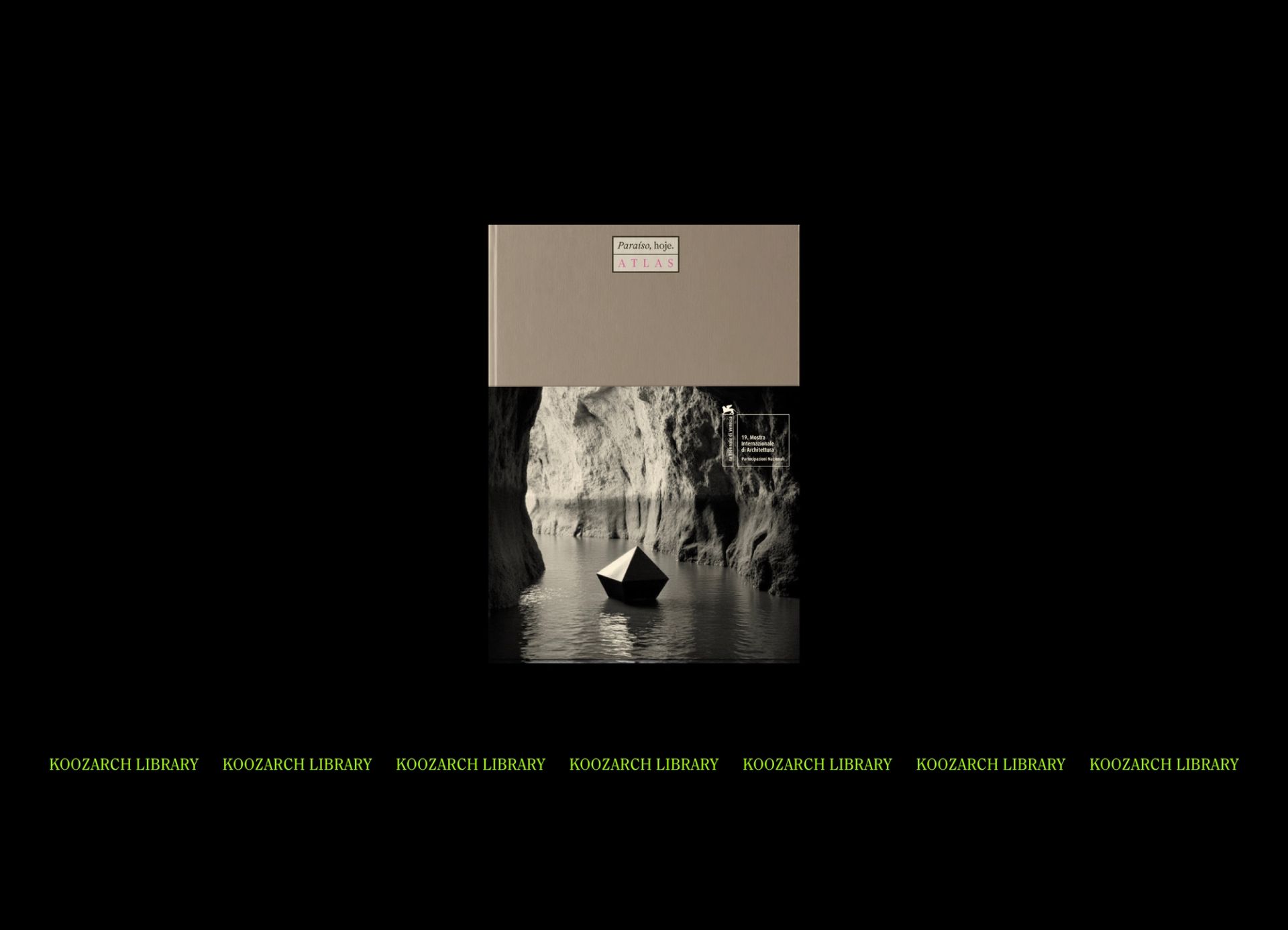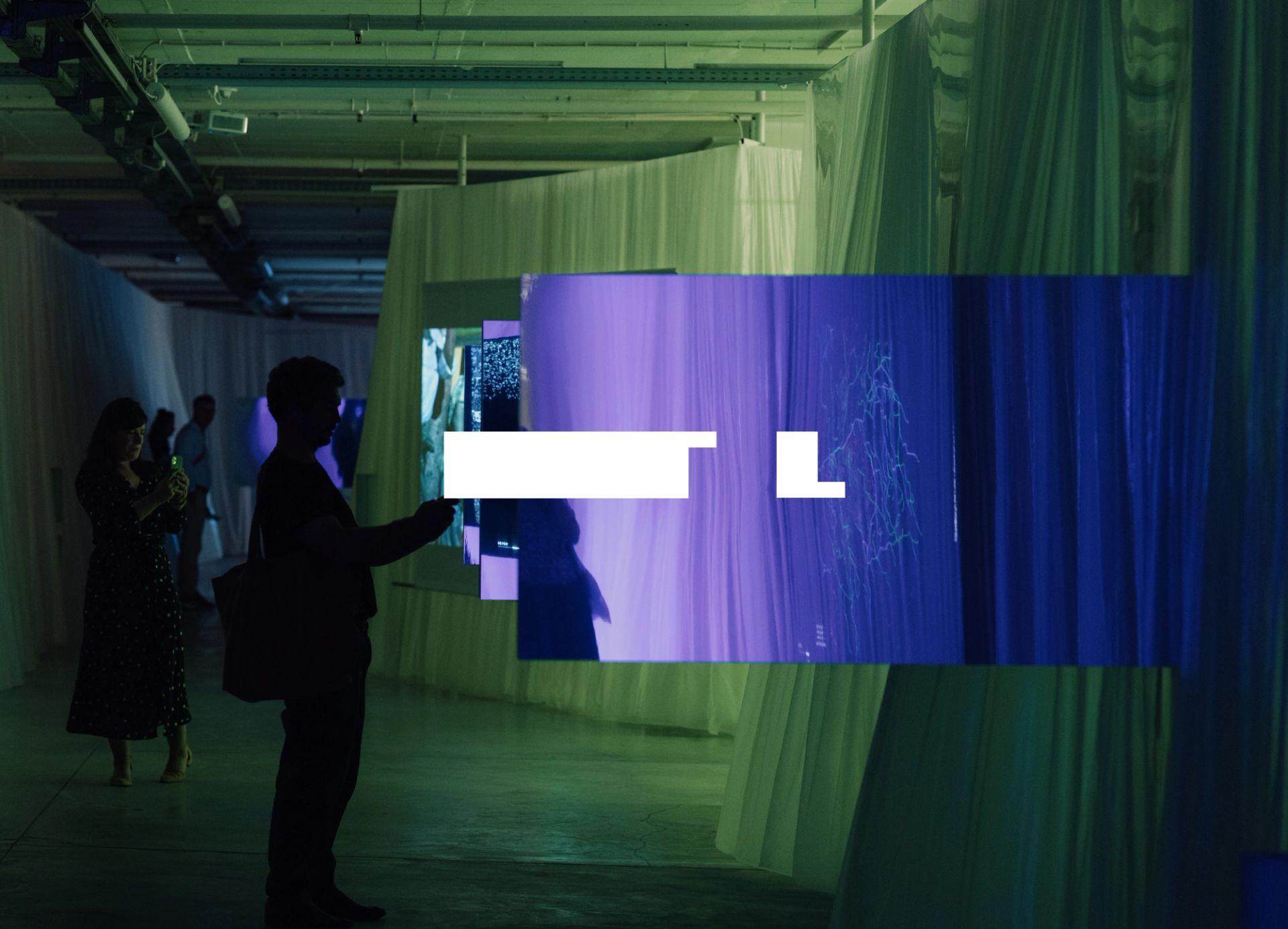‘How will we live together?’ The proposed statement for the 2021 Venice Biennale, in a still pre-pandemic world, becomes even more relevant in the current scenario. The zoonotic pandemic, the climate emergency, the growing political polarization and the vast social inequalities pose an increasingly urgent conflict that demands new responses. This project raises the reflection on the prefiguration practices for the popular habitat from a design perspective that contemplates such circumstances. The aim is to investigate ecological devices in the popular habitat, understood as those that guide, determine, intercept or model (Agamben, 2015) the relationships of coexistence of both citizen diversity with each other and with their environment.
The project was developed at the Faculty of Architecture, Design and Urbanism - University of Buenos Aires.

KOOZ What prompted the project?
GG&CG The project begins reflecting on the zeitgest, a concept borrowed from German that literally translates to ‘time spirit’ or ‘spirit of the times’ and refers to the mood of a particular period of history as shown by the ideas and beliefs of the time. Therefore, the project decisions were substantially motivated by the context of its development: the zoonotic pandemic, the climatic emergency, the growing political polarization and the vast social inequalities, which pose an increasingly urgent conflict that demands new answers.
KOOZ What questions does the project raise and which does it address?
GG&CG We propose to reflect on new architectures needed to face contemporary demands. How can we architects contribute to face current requirements?
The aim is to generate new strategies and synergetic design practices to address latent socio-spatial issues and contribute to the collective and institutional debate on present and future challenges. To this end, it is postulated that socio-spatial conflicts in Argentina should be addressed with ecological design practices. To address the issue, we appeal to Felix Guattari’s proposals on the three ecologies: social ecology, mental ecology and environmental ecology, and under the ethical-aesthetic aegis of an ecosophy.
We propose to reflect on new architectures needed to face contemporary demands. How can we architects contribute to face current requirements?
KOOZ How does the project approach the notion of "popular habitat"?
GG&CG It is usual to refer to the habitat program exclusively as ‘housing’. The notion of ‘habitat’ is approached assuming the need to be complemented with the rest of the urban components: communicational flows, objectual and symbolic goods, identity references, in short, each and every one of the programs that allow the recognition of popular communities as subjects of rights in the city.
KOOZ How, and via what tools, does the project reframe this "with a social, technological and ecological focus"?
GG&CG The social character of the project lies in proposing programs that reinforce links and participation strategies. The ecological dimension deals with people’s relationships with each other and with their environment: multipurpose areas for collective activities ranging from educational to awareness raising processes for the responsible exercise of citizenship. The technological character implies contemplating a tectonics that considers a vast extension of the geographical and temporal framework.
KOOZ You talk about the project as a dynamic infrastructure and not a finished product, why so?
GG&CG We are not interested in architecture-monument or architecture-object. That modern idea of an architectural product as an isolated object to admire and photograph. We consider that the practice makes sense when it is conceived from the idea of habitat, proposing some alternatives of use and assuming that there will be many others that we cannot prefigure. It is its inhabitants who give it meaning. Also, the pandemic has shown us that there are contingencies beyond our control. Therefore, we propose an architecture with multipurpose spaces that can adapt to multiple needs: a skatepark that can function as a flood reliever or a workshop that can act as a shelter for someone who suffers gender violence, among others.
We consider that the practice makes sense when it is conceived from the idea of habitat, proposing some alternatives of use [...]
KOOZ How does the project approach and explore the potential of architecture within our contemporary society?
GG&CG The architectural project is understood as a device. That is, it has the ability to guide, determine, intercept or model (Agamben, 2015) the actions and behaviors of the people who inhabit it: the dimensions of a space determine how many people can gather, the possibilities they have to group together, whether to sit or stand, how are the comfort conditions, to name a few examples. Then, we believe that design practice is an eminently political exercise.
Therefore, we consider architecture a tool that can contribute to generate a more just and equal society. We propose spaces for meetings and citizen participation, productive circuits, education in social and environmental ecology, shelters to protect the most underprivileged sectors.
KOOZ What is for you the power of the architectural imaginary?
GG&CG We understand the architectural imaginary as a prefiguration of project intentions, channeller of impulses that transmit desires and concerns, which can be personal and subjective, but at the same time are located in a given context, so they are reflections of the spirit of the times.

Bio
Guillermo Gallardo is a photographer and advanced student of Architecture at the Faculty of Architecture, Design and Urbanism at University of Buenos Aires. As a student, he has participated in multiple exhibitions and has worked as an ad honorem teacher of Drawing, a subject part of the Common Basic Cycle of the University of Buenos Aires. In addition, he is a Certified Master Builder and since 2015 he is part of the Urban Planning team of the Municipality of Merlo, Province of Buenos Aires.
Camila Goldman is an architect, teacher and researcher at the Faculty of Architecture and Urbanism at University of Buenos Aires. During her academic career she has participated in many research projects and internships. Currently, she is doing research on project strategies of inclusion for the popular habitat with the support of the UBACyT Stimulus grant. She also works as a designer at ARQTIPO studio, specializing in collective and individual housing in the city of Buenos Aires.
Link to website: https://ecopolis.cargo.site/





